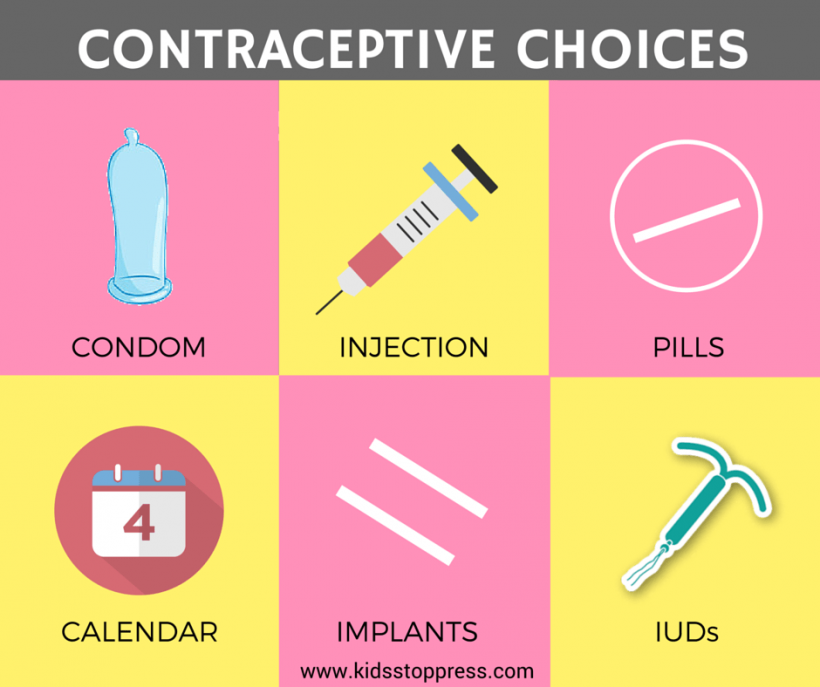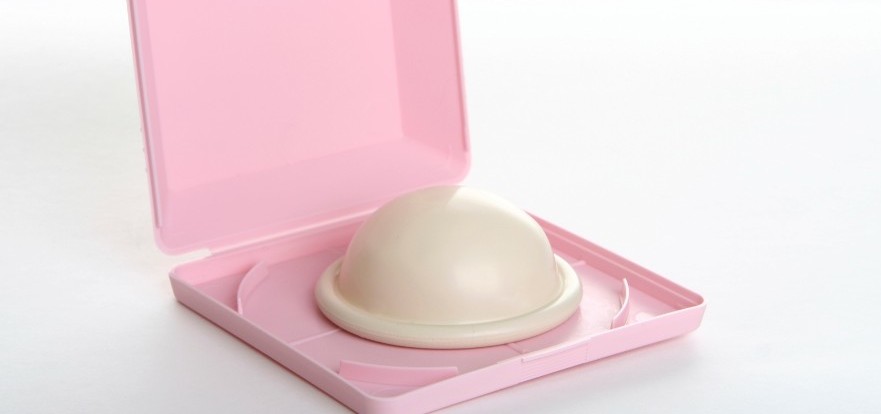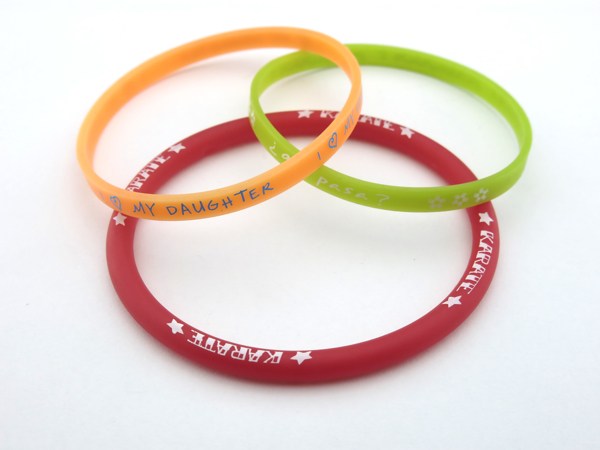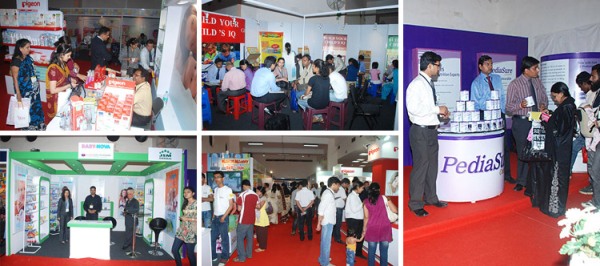I had my second baby at the beginning of the year and as scheduled I went to visit my gynaecologist after a month and a half postpartum. During this meeting, one of the questions I wanted to talk to her about was the subject of birth control, but as a doctor, she jumped to it first.
Doc: “You have two children right?”
Me:(nervous, hesitant) “Yes.”
Doc: “So I guess then it is time to talk seriously of birth control.”
Me: (embarrassed, slightly miffed that she is deciding the number of children I should have) “Yes…”
Doc: “Let me give you the list of options.” And that is how I, a healthy 30-something Indian woman, realised that the pill and condoms are not the only forms of birth control but there are so many more!
1. The Pill (Hormonal Contraception)
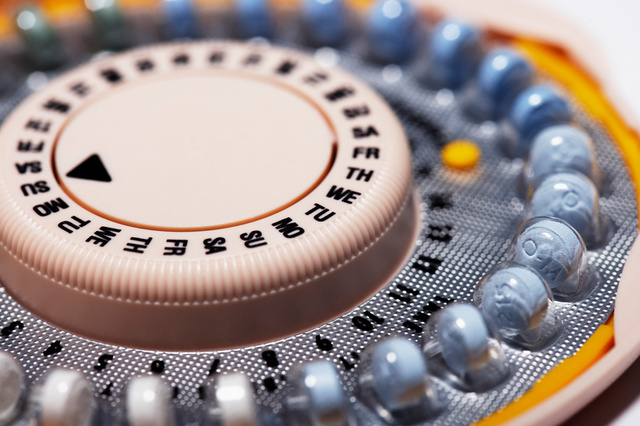
‘The Pill’ is a preferred form of contraception for most women. This oral contraceptive if taken correctly is up to 99.9% effective. The pill introduces a hormone – estrogen and progestin and these work together to inhibit the natural process of ovulating. The hormonal intervention also changes the cervical mucus to inhibit the entry of the sperm. It must be taken at the exact same time daily.
Why women like it: Easy to take, 99.9 % effective. doesn’t affect the mood in the moment.
Why women don’t: Introduction of hormones into the body, also does not protect against STDs and HIV. Some women also suffer from various side effects ranging from mood swings to nausea and weight gain.
2. Condoms (Barrier Contraception)
The most popular and most well-known form of contraception. Male condoms are known to be 82% effective and female condoms are about 79% effective. Easily available at medical stores and inexpensive too. They also offer the best protection against STDs and HIV. Other methods like spermicide, jelly, and foam can be used along with condoms but their efficacy on their own is not recommended.
Why women like it: Protects against STDs and HIV, also female condoms give women the satisfaction of placing the barrier themselves.
Why women don’t like it: Said to kill the mood, also is not 100% effective.
3. IUDs (Intrauterine Contraceptive Devices)
The IUD is a T-shaped, small, plastic or copper device inserted into the uterus to prevent pregnancy. These devices prevent pregnancy by altering the uterine lining, making it an unlivable environment for the sperm. In India, IUDs are popularly known as Copper T, but there are other brands available too. IUDs need to be inserted by a doctor and can be left inside for up to 10 years. Hormone-releasing IUDs need to be replaced once in 5 years.
Why women like it: Proven to be 98% effective, this is a good option for women who do not want to have any more children. Once inserted you can be worry-free for a few years and they are very low maintenance.
Why women don’t like it: It could just be a squeamish factor to have something inserted into you and simply left there. Some women also complain of heavy menstrual cramps and bleeding with an IUD.
4. Hormonal shots

Image Source: www.medicaldaily.com
If you are convinced that the pill is the way to go but tend to forget, then this option is for you. This hormonal injection works in such a way that the hormone is released daily over a fixed duration of time in a fixed dose. One injection is effective for about 120-150 days after which it needs to be repeated.
Why women like it: It takes away from the daily hassle of remembering to take the pill at the exact time every day. Also, women don’t get their periods when on this medication
Why women don’t like it: This method of birth control means visiting your gynaecologist once every quarter. Also, it is pretty expensive.
5. Diaphragm, Vaginal ring
With these methods, you can be sure to have control in your hands as you will be inserting your chosen method of birth control yourself. A diaphragm works with the barrier method whereas the vaginal ring works through the hormonal method and releases a small dose daily.
Why women like it: Makes them take charge of their birth control plan and also is an inexpensive way.
Why women don’t like it: These do not protect against STDs and many women complain of urinary tract infections while using them.
6. Tying tubes (Permanent form of birth control)
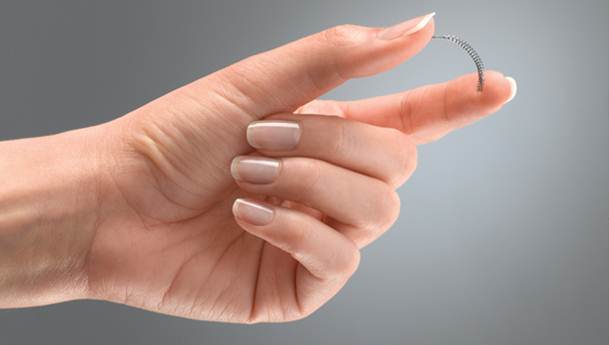
Image Source: mom.girlstalkinsmack.com
This is for those women who are absolutely sure they don’t want any more biological children and also don’t want the anxiety of ever slipping up and forgetting their birth control. This can be done post-delivery or as a procedure later on. This is the most effective form of birth control for women and involves closing off the fallopian tubes so that no eggs can enter the fallopian tubes from the ovaries.
Why women like it: Permanent, no hassle and it is a one-time investment.
Why women don’t like it: It involves a surgical procedure and does not protect against STDs in the future. Also, it is irreversible.
With so many options available it does tend to be mind-boggling, but sit down with your doctor and go over your options and make sure you choose one that suits your lifestyle and one you won’t regret a few years down the line.
